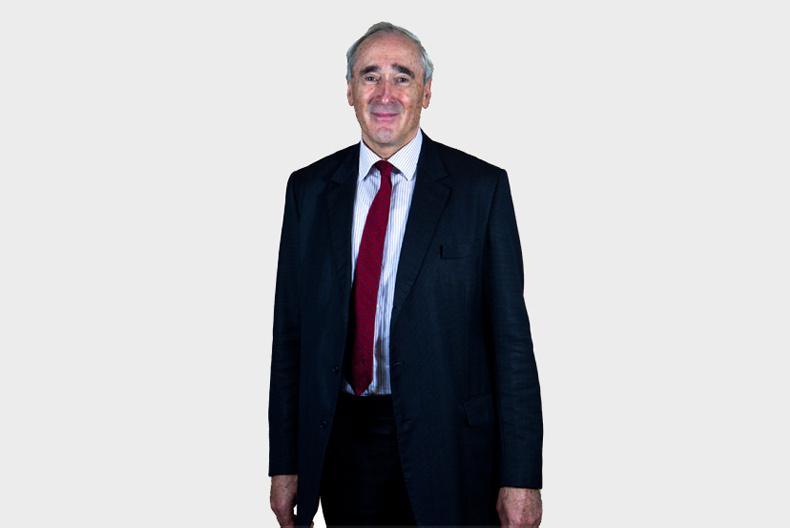At last, the contradictions in Europe’s protein policy look like being seriously examined and hopefully solved. Commissioner Phil Hogan has launched a major initiative to develop a protein strategy, we should hope it will work.
But first, a little background. We can easily forget at this remove how Europe’s dependency on foreign vegetative protein began. When the CAP was started as a common policy, Europe was desperately short of food.
Dutchman Sicco Mansholt was the first Agricultural Commissioner so the Dutch had a profound influence on the development of the policy.
So EEC cereal prices and import levies were pitched to encourage European production of cereals. Protein was excluded from the CAP regime as Europe even then a large net importer from the US and had no real protein production of its own as animal fee. But so crucially was Manioc (tapioca) was also excluded. The Dutch from their colonies in the Far East knew the feed value of this high energy low protein meal.
The two in combination, US soya and East Indies tapioca provided an incredible platform for explosive growth in the Dutch pig industry as of course pig meat imports into Europe faced high tariffs.
The Dutch pig industry boomed and they became environmental victims of their own success but that was a problem for another day.
But now vegetative protein is in strong demand, especially from China, and Europe is dangerously exposed to a potential scarcity, though it is a long time since the US imposed an export tax on soya. But the vast bulk of soya imported into Europe is GM material which is at odds with the legal framework surrounding plant production and indeed many supermarket protocols in Europe. At a minimum, we need to recognise the new realities. But Commissioner Hogan is right – it won’t happen by accident.
We need real research into how legumes can be incorporated successfully and in quantity into pig, poultry and bovine diets. The toleration across the species varies enormously.
We need a real research programme into the possibilities of growing soya in Europe – Brazil has scientifically pushed the climatic and geographical frontiers – we must try and do the same and then there are the oilseed plants – rape and sunflower – there is no reason why the various factions cannot be separated out and of course, there is grass meal.
Research programme
There used be a thriving research programme into the uses of dried grass meal. It would seem that this would be an ideal use for renewable generated energy which has made such strides in recent years.
Commissioner Hogan won’t get a protein revolution in Europe without a coordinated effort.
We should not go back to feeding ruminants meat and bone meal but science has given us a lot of options – we must use them.






 This is a subscriber-only article
This is a subscriber-only article










SHARING OPTIONS: